2018-04-20 by Jun Tai
The hydraulic motor is an actuator of the hydraulic system that converts the liquid pressure energy provided by the hydraulic pump into the mechanical energy (torque and speed) of its output shaft. Liquid is the medium that transmits force and motion.
First, the characteristics and classification of hydraulic motors
From the point of view of energy conversion, the hydraulic pump and the hydraulic motor are reversible hydraulic components. The input of working fluid to any hydraulic pump can make it into a hydraulic motor condition; otherwise, when the main shaft of the hydraulic motor is external When the torque is driven to rotate, it can also be changed to the hydraulic pump working condition. Because they have the same basic structural elements - a closed and periodically variable volume and corresponding oil distribution mechanism.
However, due to the different working conditions of the hydraulic motor and the hydraulic pump, their performance requirements are different, so there are still many differences between the same type of hydraulic motor and hydraulic pump. First of all, the hydraulic motor should be able to be positive and reverse, thus requiring its internal structure to be symmetrical; the speed range of the hydraulic motor needs to be large enough, especially for its minimum stable speed. Therefore, it usually uses a rolling bearing or a static pressure sliding bearing; secondly, the hydraulic motor does not have to have self-priming capability because it operates under the input pressure oil condition, but requires a certain initial sealing property to provide the necessary starting torque. Due to these differences, the hydraulic motor and the hydraulic pump are similar in structure but cannot be reversible.
Hydraulic motors can be divided into gear type, vane type, plunger type and other types according to their type. According to the rated speed of the hydraulic motor, it is divided into two categories: high speed and low speed. A high-speed hydraulic motor with a rated speed higher than 500r/min is a low-speed hydraulic motor with a rated speed lower than 500r/min. The basic types of high-speed hydraulic motors are gear, screw, vane and axial piston. Their main features are high speed, small moment of inertia, easy to start and brake, and high sensitivity for adjustment (speed regulation and commutation). Usually high-speed hydraulic motor output torque is not large, so it is also called high-speed small torque hydraulic motor. The basic type of low-speed hydraulic motor is radial piston type. In addition, there are low-speed structure types in axial piston type, vane type and gear type. The main features of low-speed hydraulic motor are large displacement, large volume and low rotation speed (sometimes It can reach several revolutions per minute or even a few revolutions, so it can be directly connected with the working mechanism. It does not need a speed reducer, which greatly simplifies the transmission mechanism. Usually, the output torque of the low speed hydraulic motor is large, so it is also called low speed and large torque. Hydraulic motor.
Second, the working principle of the hydraulic motor
1. Blade type hydraulic motor
Due to the action of the pressure oil, the unbalanced force causes the rotor to generate torque. The output torque of the vane type hydraulic motor is related to the displacement of the hydraulic motor and the pressure difference between the inlet and outlet of the hydraulic motor, and the rotational speed is determined by the flow rate of the input hydraulic motor. Since hydraulic motors are generally required to be able to be reversed, the blades of the vane hydraulic motor are placed radially. In order to make the root of the blade always have pressure oil, a check valve should be arranged on the passage of the back and pressure oil passage to the root of the blade. In order to ensure that the blade type hydraulic motor can start normally after the pressure oil is passed, the top of the blade must be The inner surface of the stator is in intimate contact to ensure a good seal, so a preloaded spring should be placed at the root of the blade. The blade type hydraulic motor has small volume, small moment of inertia and sensitive action. It can be applied to occasions with high commutation frequency, but the leakage is large and unstable at low speed. Therefore, the blade type hydraulic motor is generally used in applications where the rotation speed is high, the torque is small, and the action requirements are sensitive.
2. Radial piston hydraulic motor
The working principle of the radial piston type hydraulic motor, when the pressure oil enters the bottom of the plunger in the cylinder through the window of the fixed oil distribution shaft 4, the plunger protrudes outwardly and tightly against the inner wall of the stator due to the stator and There is an eccentricity in the cylinder. At the point where the plunger is in contact with the stator, the reaction of the stator to the plunger is . The force can be decomposed into two forces. When the oil pressure acting on the bottom of the plunger is p, the plunger diameter is d, and the angle between the force and the force is X, the force generates a torque to the cylinder to rotate the cylinder. The cylinder body is further outputted by the end face of the drive shaft to output torque and speed.
In the case where the plunger of the above analysis generates torque, since a plurality of plungers act on the pressure oil zone, the torque generated on these plungers causes the cylinder to rotate and output torque. Radial piston hydraulic motors are often used in low speed and high torque situations.
3, axial piston motor
In addition to the valve type distribution, the axial piston pump can be used as a hydraulic motor in principle, that is, the axial piston pump and the axial piston motor are reversible. The working principle of the axial piston motor is that the oil distribution plate and the swash plate are fixed, and the motor shaft is rotated together with the cylinder body. When the pressure oil enters the plunger hole of the cylinder through the window of the oil distribution plate, the plunger protrudes under the action of the pressure oil, and the swash plate of the swash plate generates a normal reaction force p to the plunger, and the force can be decomposed into Axial component and vertical component Q. Q is balanced with the hydraulic pressure on the plunger, and Q causes the plunger to generate a torque to the center of the cylinder, which drives the motor shaft to rotate counterclockwise. The instantaneous total torque produced by the axial piston motor is pulsating. If the motor pressure oil input direction is changed, the motor shaft rotates clockwise. The change in the inclination angle a of the swash plate, that is, the change in the displacement, affects not only the torque of the motor but also its rotational speed and steering. The greater the inclination of the swashplate, the greater the torque generated and the lower the rotational speed.
4, gear hydraulic motor
In order to adapt to the requirements of forward and reverse rotation, the gear motor has the same inlet and outlet ports, has symmetry, and has a separate external oil drain port to lead the leakage oil of the bearing part out of the housing; in order to reduce the starting friction torque, a rolling bearing is adopted; The pulsating gear hydraulic motor has more teeth than the pump.
The gear hydraulic motor has poor dry sealing performance, low renting efficiency, and the input oil pressure cannot be too high, and cannot generate large torque. And the instantaneous speed and torque change with the position of the meshing point, so the gear hydraulic motor is only suitable for high speed and small torque. Generally, dry construction machinery, agricultural machinery, and mechanical equipment that does not require high torque uniformity are used.
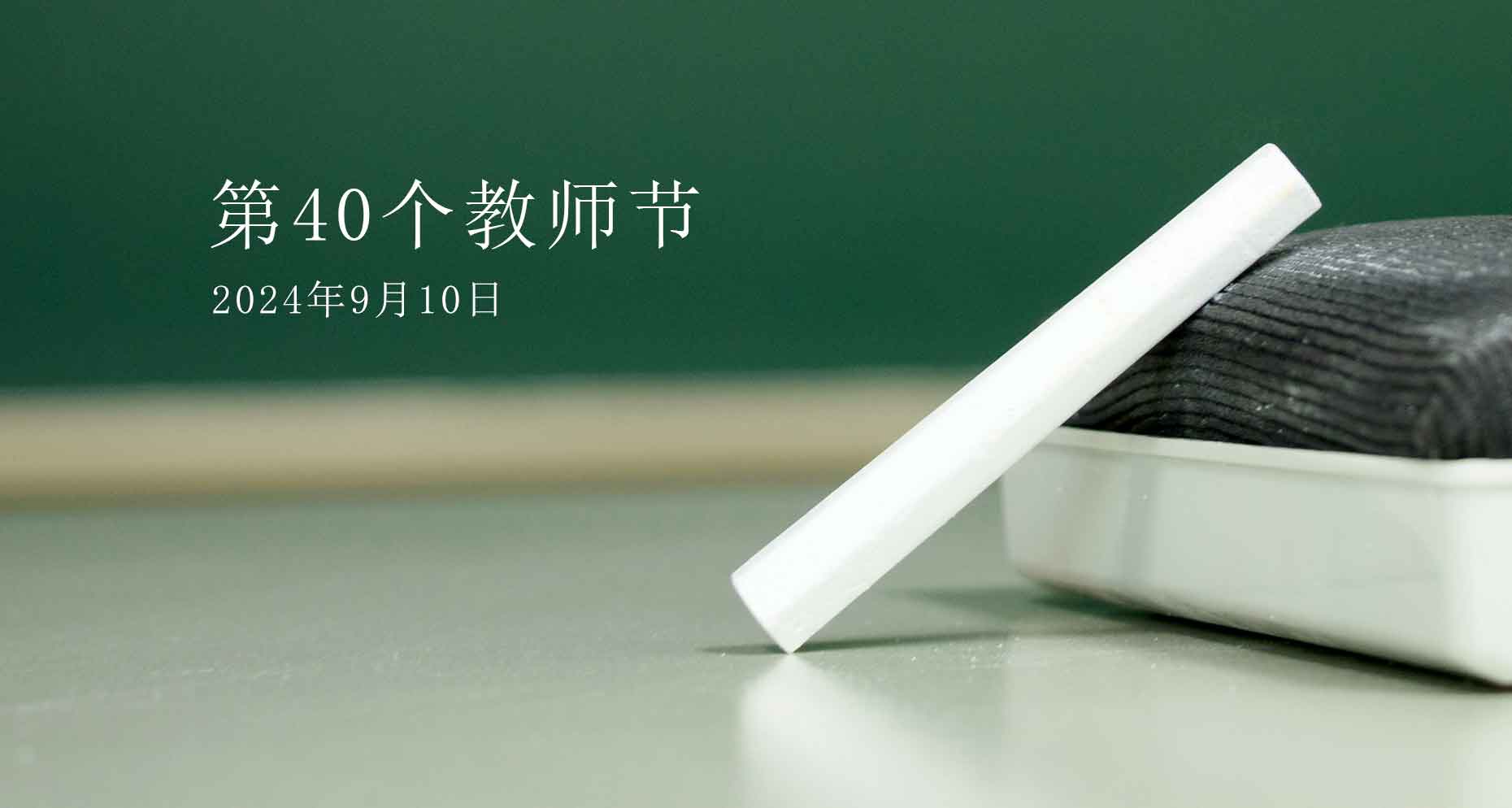
Teacher's Day: Salute to every guide in life!
2024-09-10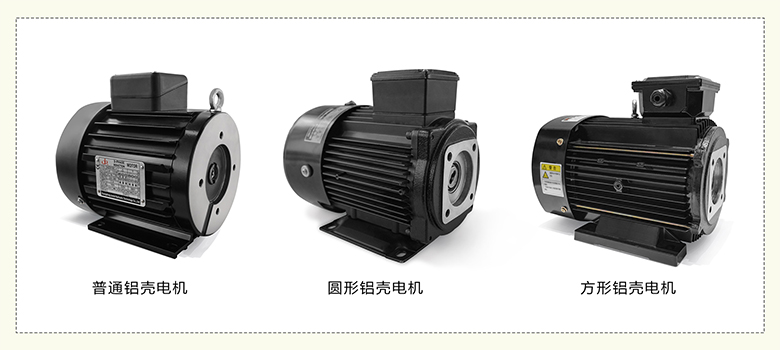
Juntai aluminum shell motor: the cost-effective choice!
2024-08-15
Craftsmanship Precision Casting Wedding Seal Gold Item | Juntai Hydraulic Capping Ceremony Successfully Completed!
2024-08-12
On Army Day, we pay tribute to the glorious years of August 1st!
2024-08-01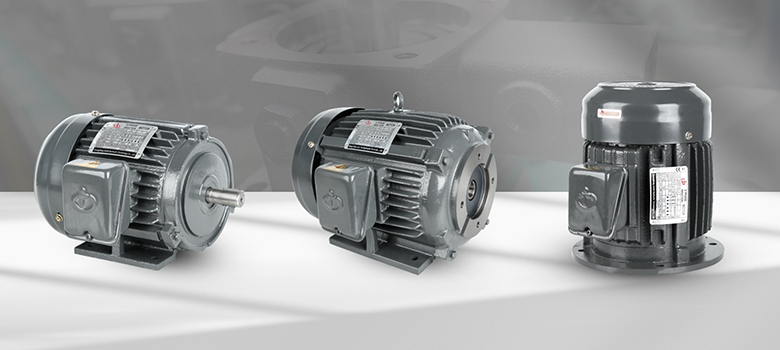
Juntai internal mesh gear pump: energy-saving first choice!
2024-07-31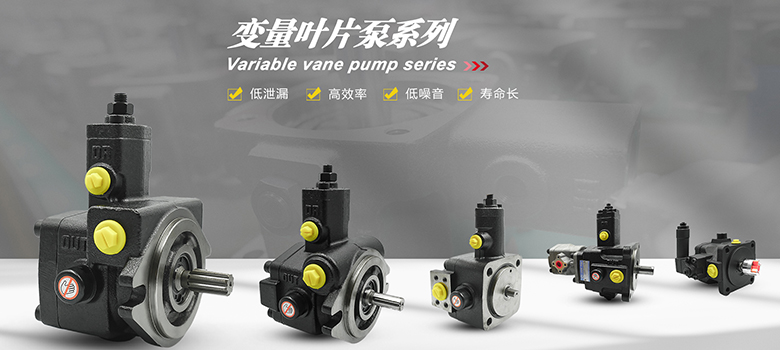
Juntai hydraulic pump: the source of power, energy-saving first choice!
2024-07-18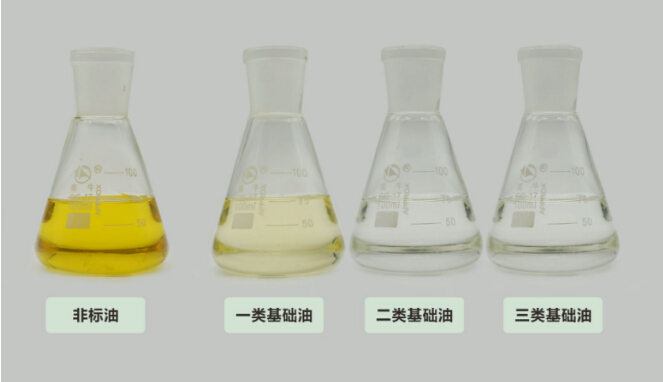
What is the difference between low-priced hydraulic oil and genuine hydraulic oil?
2018-06-29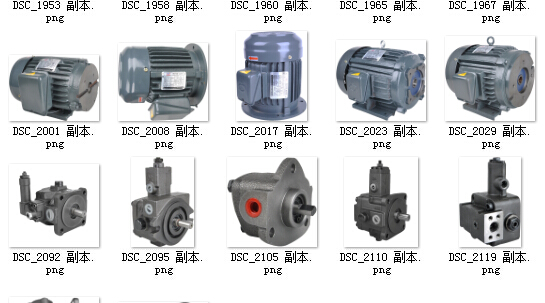
Common faults in the operation of hydraulic components
2018-06-29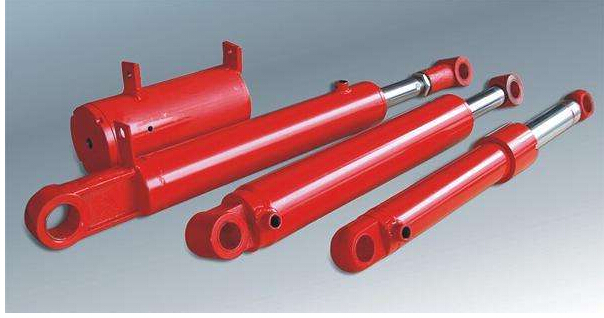
There are several points in the role of the hydraulic cylinder guard!
2018-06-29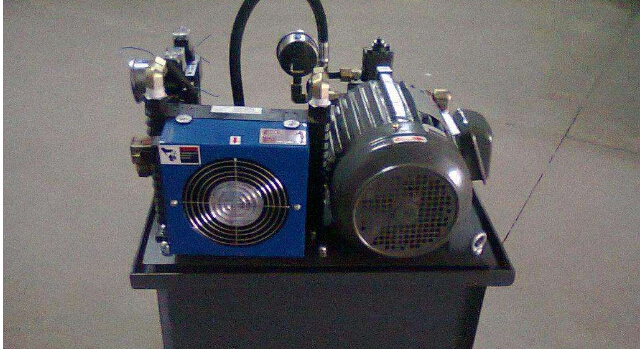
Analysis of the cause of the leakage of the hydraulic system
2018-06-29